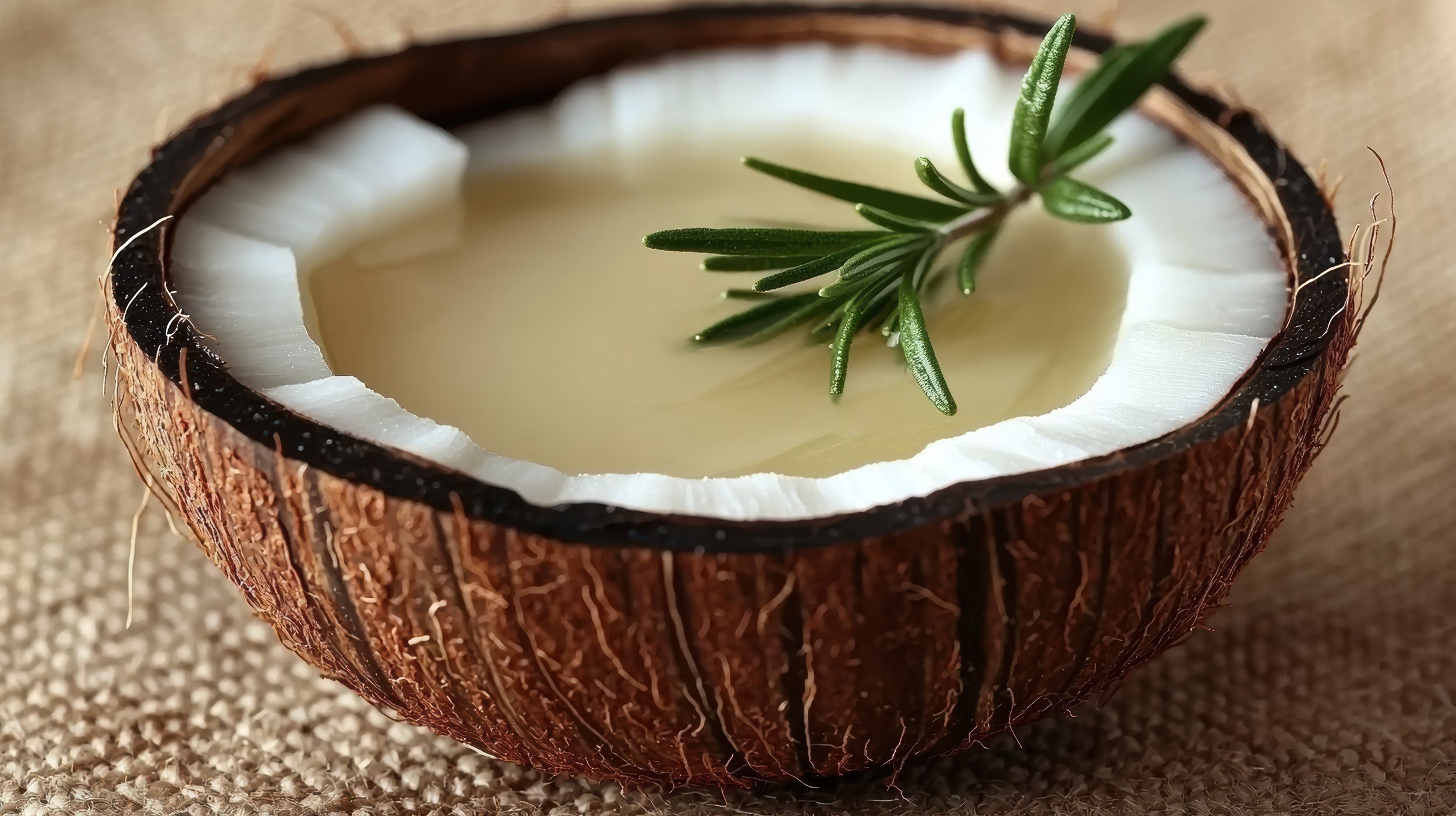Coconut Oil Pulling: Ancient Ayurvedic Secret for Oral Health, Detox, and Fresh Breath
Historical Background of Oil Pulling
Oil pulling is an ancient Ayurvedic practice that has been used for centuries to promote oral health and overall well-being. This holistic technique involves swishing oil in the mouth to eliminate toxins and improve dental hygiene.
Originating in India, oil pulling is rooted in Ayurvedic medicine, one of the world's oldest holistic healing systems (Asokan et al., 2011). The practice, traditionally known as Kavala or Gandusha, involves swishing oil in the mouth to purify the body and enhance oral health. Ancient texts suggest that oil pulling was believed to cure over 30 systemic diseases, ranging from headaches to asthma (Peedikayil et al., 2016). Sesame oil was commonly used in traditional practices; however, modern adaptations have seen the incorporation of other oils, notably coconut oil, due to its antimicrobial properties (Peedikayil et al., 2016).
Benefits of Coconut Oil Pulling
Reduction of Harmful Bacteria
The mouth harbors hundreds of bacterial species, some of which contribute to dental issues like tooth decay, bad breath, and gum disease. Studies have shown that oil pulling with coconut oil can significantly reduce the number of harmful bacteria, such as Streptococcus mutans, in the mouth (Asokan et al., 2011). Research published in the Journal of International Society of Preventive & Community Dentistry found that participants who practiced oil pulling with coconut oil experienced a significant decrease in S. mutans count, comparable to the effects of chlorhexidine mouthwash (Peedikayil et al., 2016).
Prevention of Plaque-Induced Gingivitis
Plaque accumulation can lead to gingivitis, characterized by inflamed and bleeding gums. Research indicates that coconut oil pulling may reduce plaque formation and alleviate symptoms of gingivitis (Singla et al., 2014). A study involving adolescents with plaque-induced gingivitis demonstrated a significant reduction in plaque and gingival indices after 30 days of coconut oil pulling (Singla et al., 2014).
Alleviation of Bad Breath
Halitosis, or bad breath, often results from the presence of odor-producing bacteria in the mouth. Oil pulling has been found to be as effective as traditional mouthwashes in reducing bad breath (Peedikayil et al., 2016). A comparative study of oil pulling with sesame oil and chlorhexidine mouthwash found that both methods significantly reduced microorganisms associated with halitosis (Asokan et al., 2011).
Anti-Inflammatory Effects
Coconut oil contains lauric acid, known for its anti-inflammatory and antimicrobial properties. These attributes may help reduce inflammation associated with gum diseases and support overall oral health (Peedikayil et al., 2016). While more extensive research is needed, existing studies suggest that coconut oil pulling can serve as an adjunctive therapy for maintaining oral hygiene (Singla et al., 2014).
Testimonials from Holistic Health Practitioners and Patients
Dr. Faizal C. Peedikayil, a researcher in dental sciences, conducted a study comparing the antibacterial efficacy of coconut oil to chlorhexidine mouthwash. The results indicated that coconut oil is as effective as chlorhexidine in reducing S. mutans count, leading Dr. Peedikayil to suggest that coconut oil pulling could be used as an effective preventive adjunct in maintaining oral hygiene (Peedikayil et al., 2016).
Patients who have incorporated coconut oil pulling into their daily routines report noticeable improvements in their oral health. Many attest to experiencing fresher breath, reduced gum sensitivity, and a cleaner mouthfeel. While these accounts are anecdotal, they align with the findings of various studies supporting the benefits of coconut oil pulling (Singla et al., 2014).
How to Practice Coconut Oil Pulling
To incorporate coconut oil pulling into your oral care routine, follow these steps:
Choose High-Quality Coconut Oil – Opt for organic, unrefined coconut oil to ensure the absence of additives and the retention of natural properties.
Measure the Oil – Scoop approximately one tablespoon of coconut oil. The oil’s solid form will liquefy upon contact with the warmth of your mouth.
Swish the Oil – Gently swish the oil around your mouth for 15–20 minutes, ensuring it reaches all areas, including between the teeth. Avoid swallowing the oil, as it now contains bacteria and toxins.
Spit Out the Oil – Expel the oil into a trash can to prevent potential plumbing issues.
Rinse and Brush – Rinse your mouth with warm water and proceed to brush your teeth as usual.
For optimal results, practice oil pulling in the morning on an empty stomach. Consistency is key, and incorporating this practice into your daily routine may yield noticeable improvements in oral health over time.
Conclusion
Coconut oil pulling is a time-honored practice with roots in ancient Ayurvedic medicine. Modern research and testimonials from holistic health practitioners and patients suggest that it offers several oral health benefits, including the reduction of harmful bacteria, prevention of plaque-induced gingivitis, alleviation of bad breath, and anti-inflammatory effects. While it should not replace conventional oral hygiene practices, coconut oil pulling can serve as a complementary approach to enhancing oral health and overall well-being.
References
Asokan, S., Emmadi, P., Chamundeswari, R. (2011). Effect of oil pulling on plaque induced gingivitis: A randomized, controlled, triple-blind study. Indian Journal of Dental Research, 22(1), 34-37. https://doi.org/10.4103/0970-9290.79971
Peedikayil, F. C., Sreenivasan, P., Narayanan, A. (2016). Effect of coconut oil in plaque-related gingivitis – A preliminary report. Journal of the International Society of Preventive & Community Dentistry, 6(5), 468-472. https://doi.org/10.4103/2231-0762.192935
Singla, R., Jaitak, V., Bhushan, S. (2014). A study to assess the effect of oil pulling with coconut oil on oral health status of dental students in Himachal Pradesh. Journal of Contemporary Dental Practice, 15(3), 332-336. https://doi.org/10.5005/jp-journals-10024-1543

